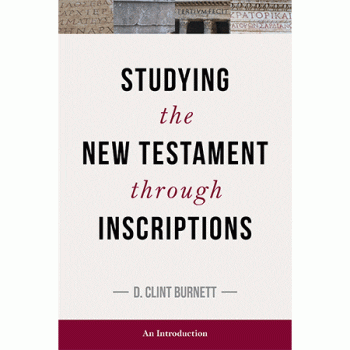David A. deSilva
In Season and Out: Sermons for the Christian Year
Bellingham, WA: Lexham Press, 2019.
Available at Lexham or Koorong
By Laura Thierry
Over recent years, the Christian world appears to have developed an increasing interest in traditional liturgical resources. From catechisms, to Evensong, to the Book of Common prayer, established practices of worship and discipleship seem, on many fronts, to be currently experiencing a season of renewed appreciation. Within such a climate, it is a great good to have available a plentiful and diverse array of varying models that demonstrate what practicing liturgical seasons might look like within different contexts. One such pattern is outlined in David deSilva’s recent work, In Season and Out: Sermons for the Christian Year.
This volume consists of twenty-nine sermons that travel through the course of the liturgical year. Most of the chapters originated from deSilva’s recent season as an interim pastor at Port Charlotte United Methodist Church. As such, one of the benefits of this book is that it has a certain tinge of particularity—of words crafted to serve a particular people in a particular place. The readings draw primarily on the revised common lectionary, though, as deSilva notes, his approach is to look to the lectionary “more for suggestions and ideas than rules” (xi), thus demonstrating a method informed by both liturgical appreciation and flexibility.
As a renowned biblical-scholar, deSilva brings a rich array of historical background and contextual understanding to his preaching. Yet he does not allow this element of his expertise to overpower his preaching. Rather, he chooses to weave just a sufficient amount of background into his exposition in order to illuminate each text faithfully without swamping it. In doing so, he sets an example of scripturally-rich and pastorally-thoughtful preaching. The sermons progress at a steady peace, with a gentle, solid and faithful exposition.
This book could be of service in several different contexts. It would work as a devotional text that could be read steadily throughout a full cycle of the liturgical year. However, perhaps its best audience would be those who may desire to explore liturgical preaching, but seek to do so without delving into anything too overwhelming or traditional. DeSilva’s thoroughly Scriptural approach sets a helpful example of practicing liturgical time in a manner marked by both sturdy exposition and a genuine pastoral heart.
Laura Thierry a PhD candidate at Ridley College, researching medieval hagiography, Christology, and theology of the body.












